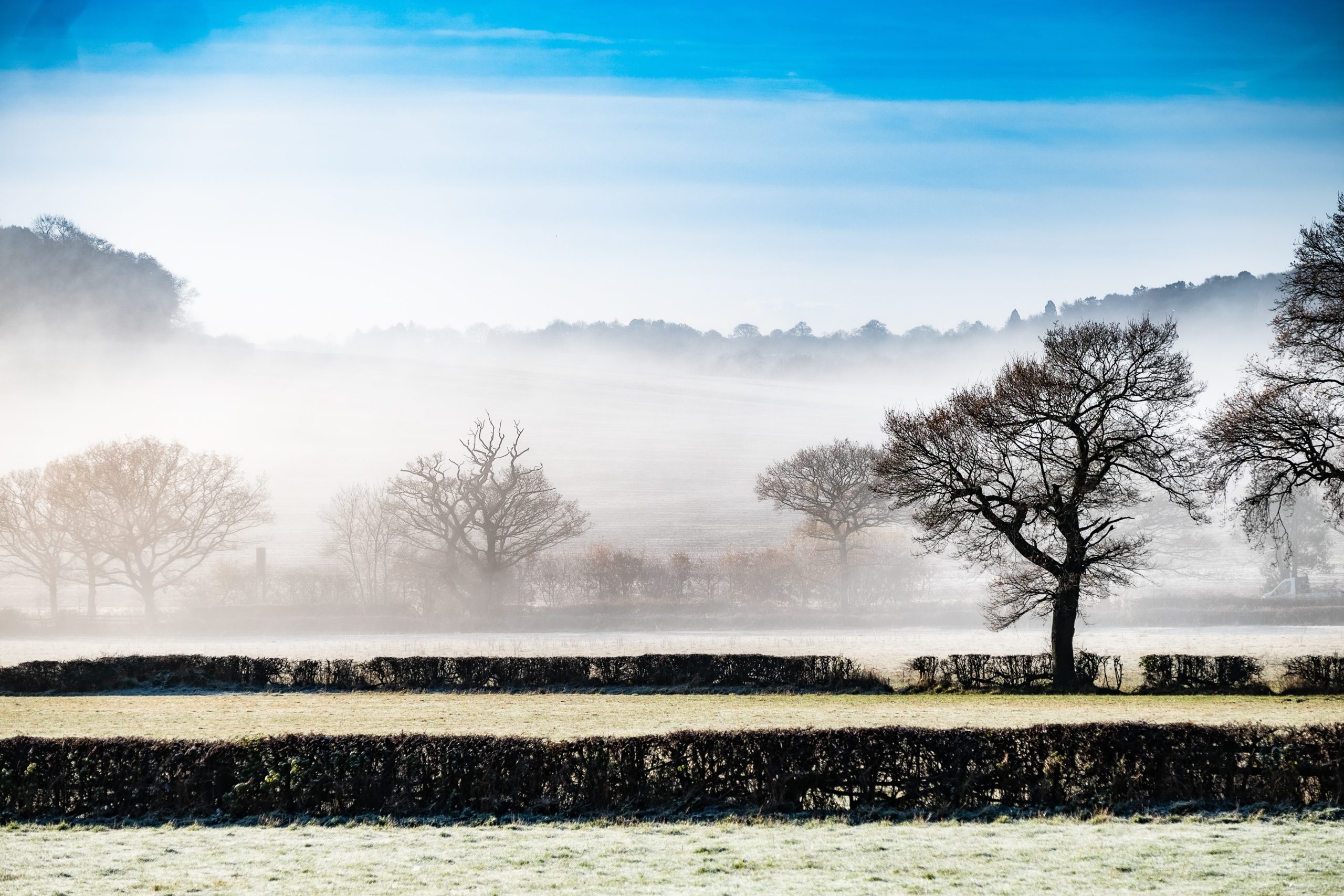Our hidden kingdoms: The ecological importance of our hedgerows

Many ecology and environmental experts strongly believe that without these corridors weaving in between our countryside, the landscape wouldn’t be the same. Over the years, many hedges were planted to create natural barriers, and in recent years, ecologists, particularly in Britain, Ireland and elsewhere in Europe, regard these structures as vital ecosystems. Hedgerows represent a rich and biodiverse area within a predominant human-focused landscape, enabling many species to progress without interruption.
Rising ecological awareness is driving efforts across the UK & Ireland to expand hedgerows in an attempt to tackle the biodiversity and climate challenges we face today. Policymakers and ecologists believe that more hedgerows can lead to mutual benefits for the farming industry to coexist with nature.
The mutual benefits of our hedgerows
The most studied benefit of hedgerows is the abundant biodiversity they contain. One study in Belgium showed that hedgerows consist of more species of herbs than any area in forests. More plant species mean more animals which is a clear advantage for our natural landscapes. One ecological study spent over two years monitoring a hedgerow habitat and recorded over 2,000 species. Other studies indicate that hedges in regions of Africa and Asia protect against soil-eroding winds and floods and cools the surrounding air.
Hedgerow ecosystems support a wider ecological community, enabling many species to travel between the countryside safely. Studies highlight how important they are in terms of connecting other habitats and interlinking fragmented ecosystems. A 2018 report by European researchers suggests planting new hedgerows could be an efficient way to connect isolated habitats and enable certain species to travel more freely.
There is a growing interest from young farmers in planting hedgerows for improving biodiversity, however, many experts point out the cost and time taken to create these habitats. Even with support from the Government, it is a time-consuming and labour-intensive process.
Rebuilding our hedges
Studies overseas highlight the protection against soil-eroding winds and floods and can even curb the spread of infectious diseases among cattle. Hedge plants also sequester carbon helping offset the emissions associated with cattle.
There is a growing effort to expand hedgerows habitats, particularly in the UK, Ireland and mainland Europe, where all have experienced a decline due to the increase in agriculture. The last study from 2007 indicates that this habitat decline has continued since 1997, up until Government formally implemented hedge protection laws, making it illegal to remove hedgerows without legal consent.
Natural England is urging the UK to increase the nation’s network of hedgerows by 40% for climate and biodiversity benefits. Even in the US, where hedgerows aren’t regarded with as much cultural legacy, there has been a rise in planting new hedgerows. Many farmers can now apply for financial support with the US Natural Resources Conservation Service.
Industry experts point out that harnessing the real benefits of hedgerow habitats depends a lot on the process of management and maintenance. If managed appropriately, they represent a highly beneficial habitat for biodiversity and support climate-related challenges we face today.